
How to Use R4 minima: Examples, Pinouts, and Specs
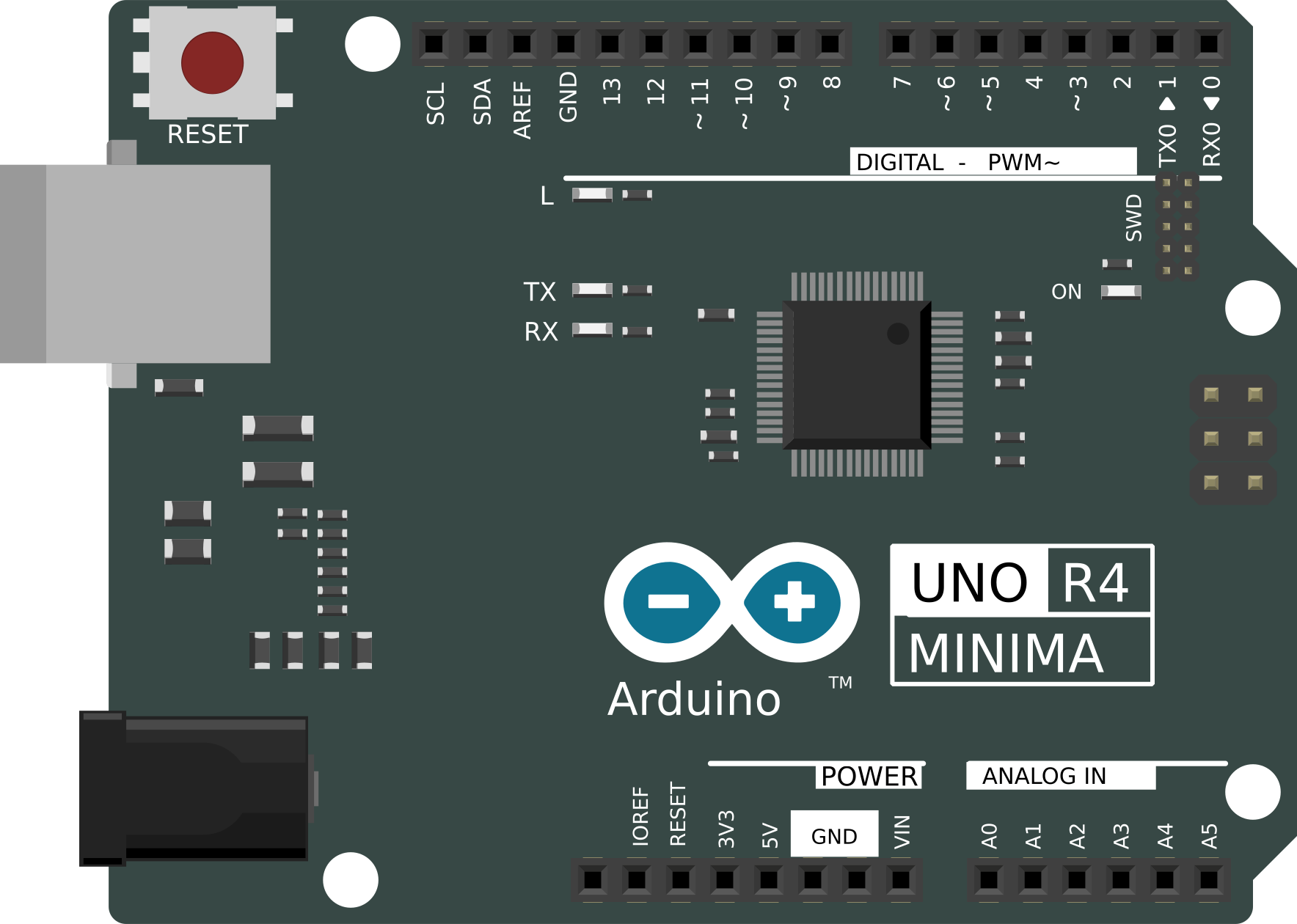
 Design with R4 minima in Cirkit Designer
Design with R4 minima in Cirkit DesignerIntroduction
The R4 Minima is a resistor designed to limit current flow in electronic circuits. It provides a minimum resistance value, ensuring the proper operation and protection of components in the circuit. Resistors like the R4 Minima are essential in controlling voltage levels, dividing voltages, and protecting sensitive components from excessive current.
Explore Projects Built with R4 minima
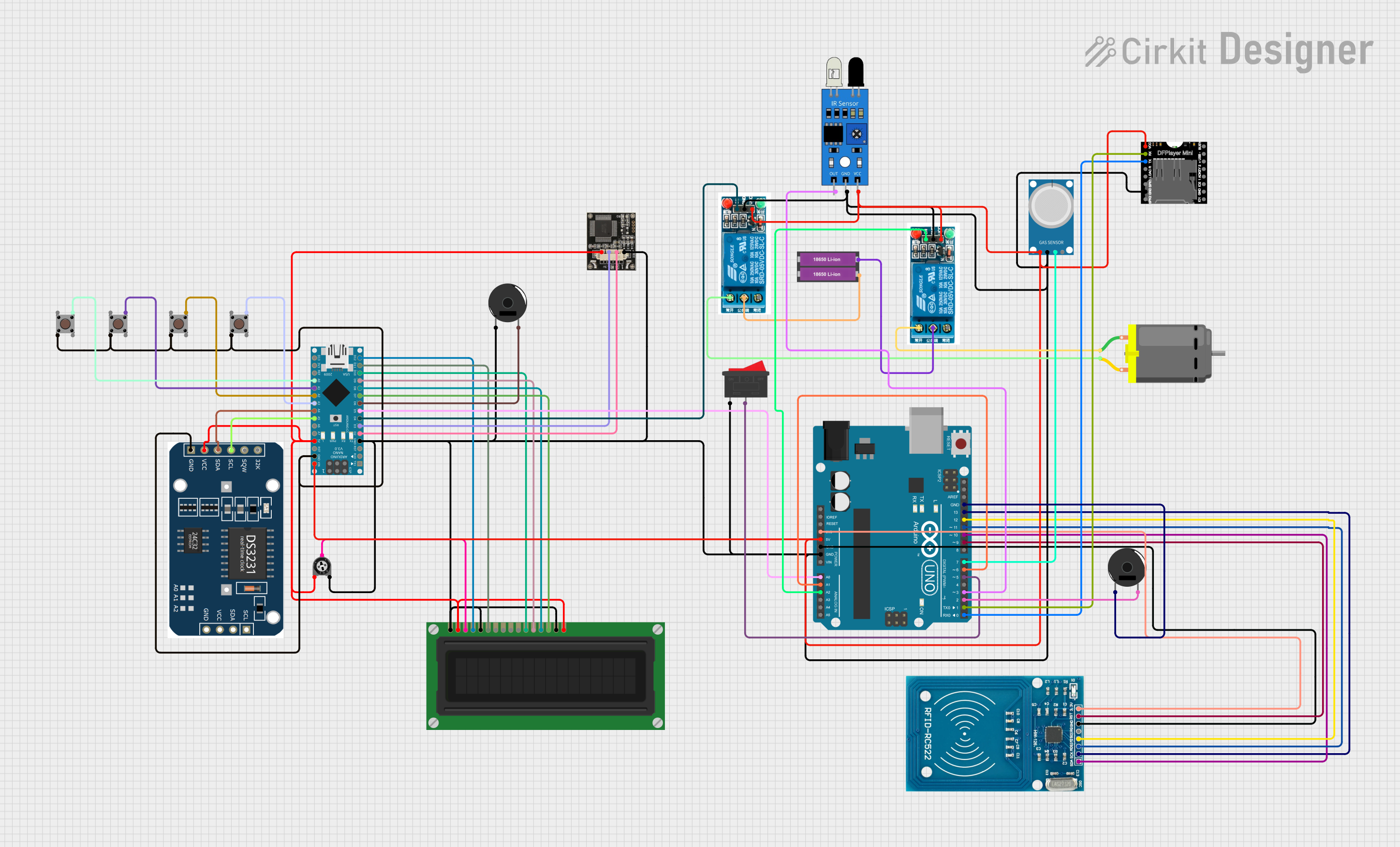
 Open Project in Cirkit Designer
Open Project in Cirkit Designer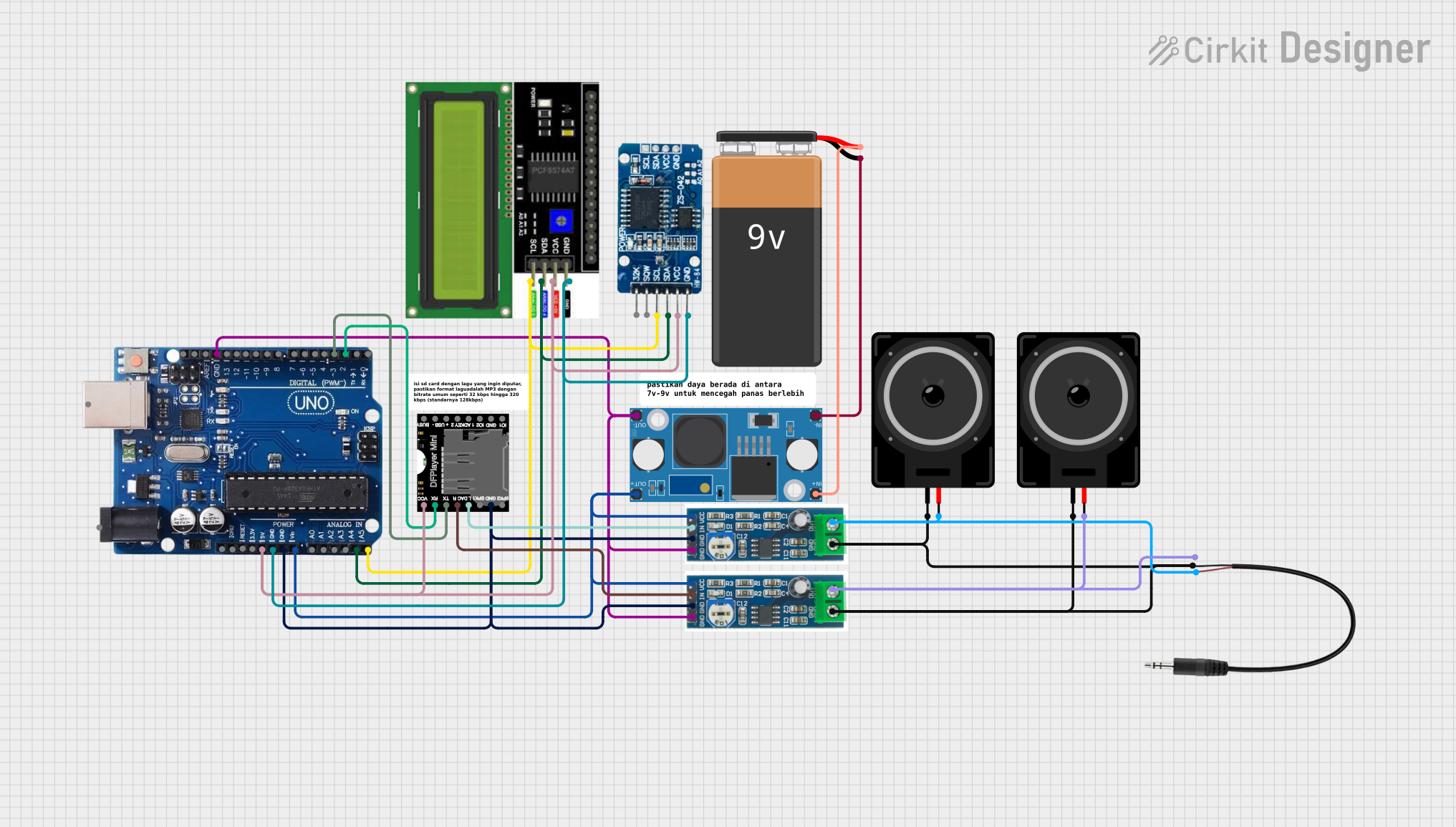
 Open Project in Cirkit Designer
Open Project in Cirkit Designer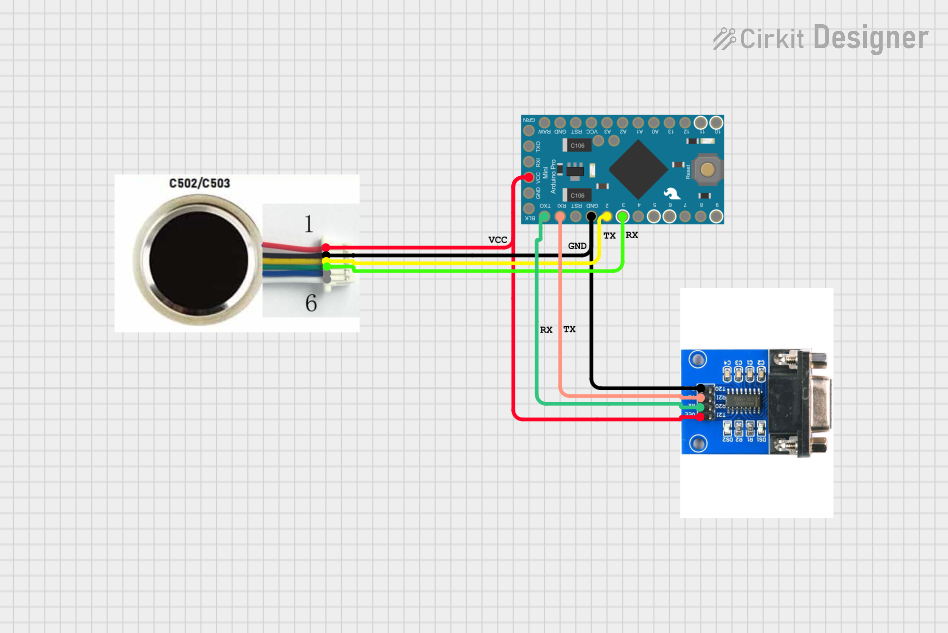
 Open Project in Cirkit Designer
Open Project in Cirkit Designer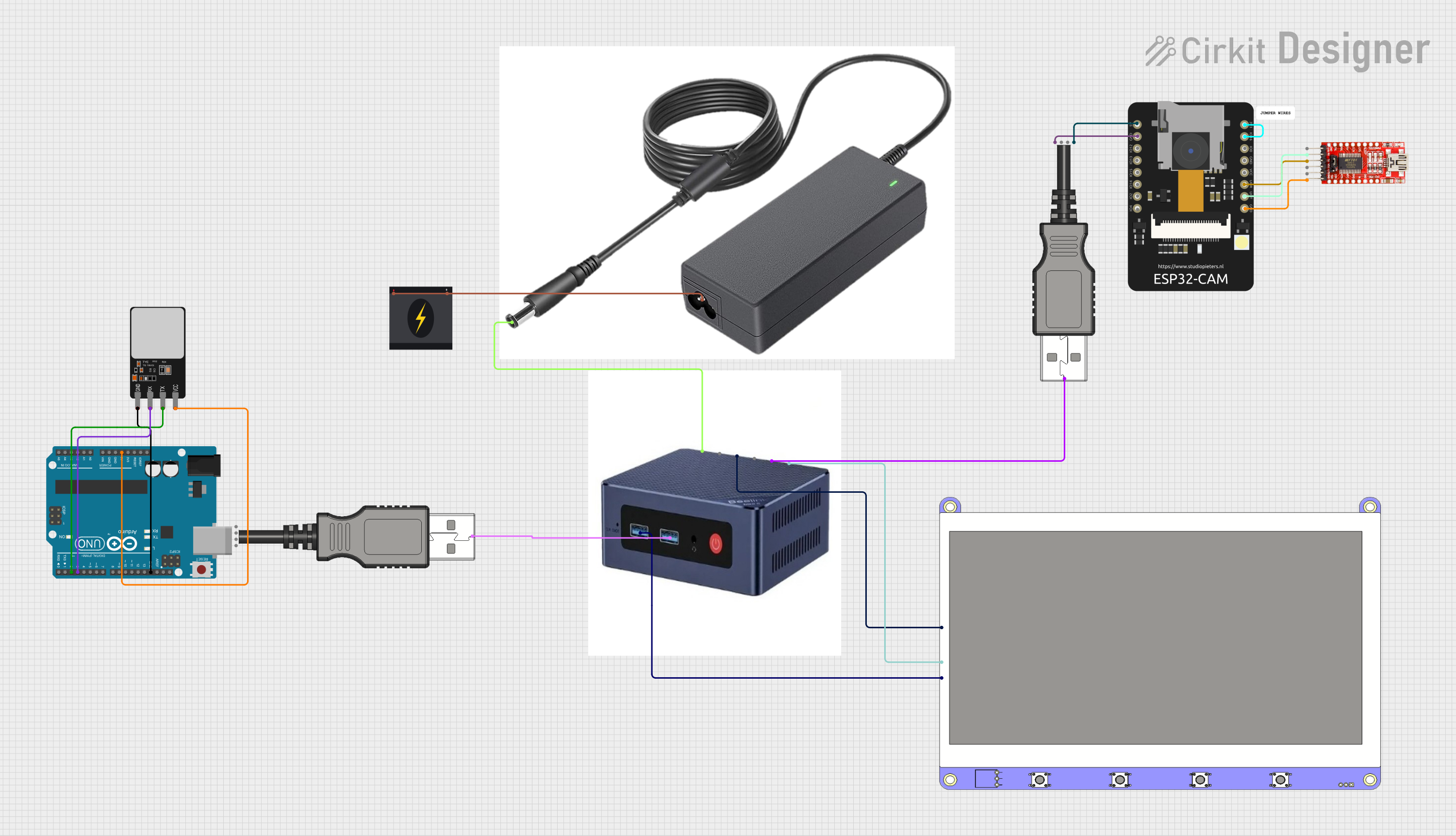
 Open Project in Cirkit Designer
Open Project in Cirkit DesignerExplore Projects Built with R4 minima

 Open Project in Cirkit Designer
Open Project in Cirkit Designer
 Open Project in Cirkit Designer
Open Project in Cirkit Designer
 Open Project in Cirkit Designer
Open Project in Cirkit Designer
 Open Project in Cirkit Designer
Open Project in Cirkit DesignerCommon Applications and Use Cases
- Current limiting in LED circuits
- Voltage division in analog and digital circuits
- Pull-up or pull-down resistors in microcontroller applications
- Protection of sensitive components from overcurrent
- Signal conditioning in audio and RF circuits
Technical Specifications
The R4 Minima resistor is available in various resistance values and power ratings to suit different applications. Below are the key technical details:
General Specifications
| Parameter | Value |
|---|---|
| Resistance Range | 10 Ω to 1 MΩ |
| Tolerance | ±5% (standard) |
| Power Rating | 0.25 W (1/4 W) |
| Maximum Voltage | 250 V |
| Temperature Coefficient | ±200 ppm/°C |
| Operating Temperature | -55°C to +155°C |
Pin Configuration and Description
The R4 Minima is a two-terminal passive component. The pins are not polarized, meaning they can be connected in either orientation. Below is the pin description:
| Pin Number | Description |
|---|---|
| 1 | Resistor terminal (non-polarized) |
| 2 | Resistor terminal (non-polarized) |
Usage Instructions
How to Use the R4 Minima in a Circuit
- Determine the Required Resistance Value: Calculate the resistance needed for your circuit using Ohm's Law: ( R = \frac{V}{I} ), where ( V ) is voltage and ( I ) is current.
- Select the Appropriate R4 Minima: Choose a resistor with the closest standard value to your calculated resistance. Ensure the power rating is sufficient for your application.
- Connect the Resistor: Solder the R4 Minima into your circuit. Since it is non-polarized, you can connect it in either direction.
- Verify the Circuit: Double-check your connections and ensure the resistor is properly installed before powering the circuit.
Important Considerations and Best Practices
- Power Dissipation: Ensure the resistor's power rating is higher than the power it will dissipate in the circuit. Use the formula ( P = I^2R ) or ( P = \frac{V^2}{R} ) to calculate power dissipation.
- Tolerance: Consider the resistor's tolerance when designing precision circuits.
- Temperature Effects: Be aware of the temperature coefficient, as resistance may vary slightly with temperature changes.
- Series and Parallel Configurations: Combine resistors in series or parallel to achieve non-standard resistance values.
Example: Using R4 Minima with an Arduino UNO
Below is an example of using the R4 Minima as a current-limiting resistor for an LED connected to an Arduino UNO.
Circuit Description
- The R4 Minima limits the current flowing through the LED to prevent damage.
- A 220 Ω resistor is used to limit the current to approximately 20 mA when powered by a 5V Arduino pin.
Code Example
// Arduino code to blink an LED with a current-limiting resistor
const int ledPin = 13; // Pin connected to the LED (with R4 Minima in series)
void setup() {
pinMode(ledPin, OUTPUT); // Set the LED pin as an output
}
void loop() {
digitalWrite(ledPin, HIGH); // Turn the LED on
delay(1000); // Wait for 1 second
digitalWrite(ledPin, LOW); // Turn the LED off
delay(1000); // Wait for 1 second
}
Troubleshooting and FAQs
Common Issues and Solutions
Resistor Overheating
- Cause: Power dissipation exceeds the resistor's rating.
- Solution: Use a resistor with a higher power rating or reduce the current in the circuit.
Incorrect Resistance Value
- Cause: Misreading the resistor's color code or selecting the wrong resistor.
- Solution: Double-check the color code or measure the resistance with a multimeter.
Circuit Not Functioning as Expected
- Cause: Incorrect resistor placement or loose connections.
- Solution: Verify the resistor is properly connected and soldered.
LED Not Lighting Up
- Cause: Resistor value too high, limiting current excessively.
- Solution: Use a lower resistance value within the safe operating range for the LED.
FAQs
Q: Can I use the R4 Minima in high-frequency circuits?
A: Yes, the R4 Minima can be used in high-frequency circuits, but ensure its parasitic inductance and capacitance are negligible for your application.
Q: How do I calculate the required resistor value for an LED?
A: Use the formula ( R = \frac{V_{supply} - V_{LED}}{I_{LED}} ), where ( V_{supply} ) is the supply voltage, ( V_{LED} ) is the forward voltage of the LED, and ( I_{LED} ) is the desired current.
Q: Can I use multiple R4 Minima resistors to achieve a specific resistance?
A: Yes, you can connect resistors in series or parallel to achieve the desired resistance value.
Q: What happens if I exceed the resistor's power rating?
A: Exceeding the power rating can cause the resistor to overheat, potentially leading to failure or damage to the circuit.
By following this documentation, you can effectively use the R4 Minima resistor in your electronic projects.